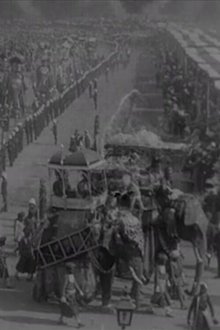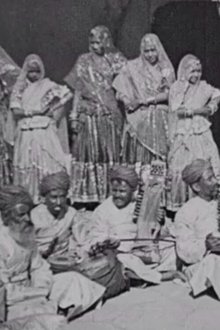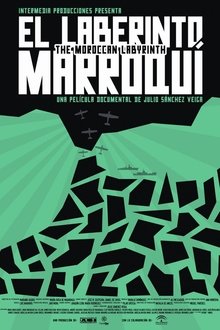Edward Prince of Wales' Tour of India: Indore, Bhopal, Gwalior and Delhi (1922)
The future Edward VIII enjoys a stately procession and visits the Taj Mahal before meeting senior Indian royalty.
Related Movies
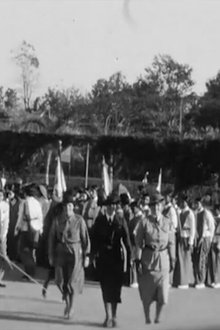
Chief Guide at Hyderabad Rally (1937)
Girl guides on parade at a rally in southern India attended by Olave Baden-Powell.
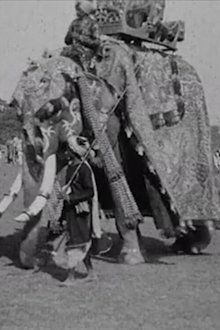
Calcutta Pageant (1912)
Scenes from a lavish pageant held during the royal visit to India, celebrating King George V’s coronation.
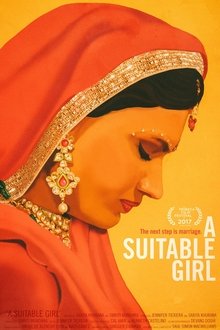
A Suitable Girl (2017)
A Suitable Girl follows three young women in India struggling to maintain their identities and follow their dreams amid intense pressure to get married. The film examines the women's complex relationship with marriage, family, and society.
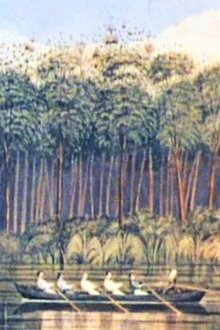
New Country - New People (1978)
A documentary about the history of settler groups that came to New Zealand from Europe.
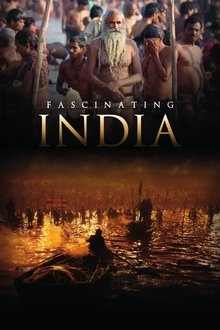
Fascinating India (2014)
"Fascinating India" spreads an impressive panorama of India’s historical and contemporary world. The film presents the most important cities, royal residences and temple precincts. It follows the trail of different religious denominations, which have influenced India up to the present day. Simon Busch and Alexander Sass travelled for months through the north of the Indian subcontinent to discover what is hidden under India’s exotic and enigmatic surface, and to show what is rarely revealed to foreigners. The film deals with daily life in India. In Varanasi, people burn their dead to ashes. At the Kumbh Mela, the biggest religious gathering of the world, 35 million pilgrims bathe in holy River Ganges. This is the first time India is presented in such an alluring and engaging fashion on screen.
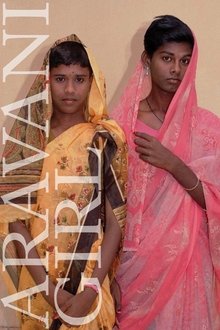
Aravani Girl (2009)
Sixteen year olds Palani and Karthik want to become "ladyboys." They're bullied in school and beaten by their families. Their parents would like to see them grow up as normal boys, but they're falling deeper and deeper into the world of the "Aravanis." Loved as dance performers but hated as homosexuals, their stories emblazon the inner conflicts of India's gender culture today.

A Day in Tokyo (1968)
A Day in TOKYO in 1968, Nostalgic bygone era. Planned by Japan National Tourism Organization. Produced by Koga Production. This film was produced to explain Tokyo for foreign tourists.
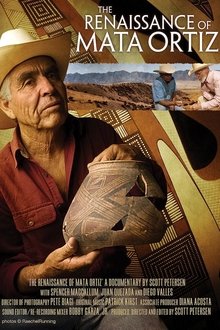
The Renaissance of Mata Ortiz (2010)
The Emmy-winning story of how an American treasure hunter and a Mexican artist transformed a dying desert village into a home for world-class art.
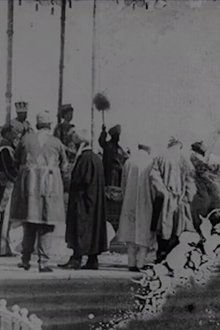
Delhi Durbar (1911)
A film produced to celebrate the coronation of George V as King-Emperor at the Imperial Durbar of 1911.
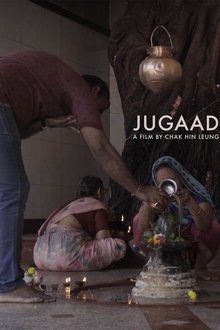
Jugaad (2020)
Jugaad is a Hindi word that can be translated as "innovative or effective solution that bends the rules". It refers to the extreme capacity developed by Mumbai's inhabitants to adapt and get around any type of constraint or obstacle posed by the city's urban structure. In a relatively small piece of land where 21 million people live today, the inhabitants of Mumbai demonstrate great creativity when it comes to managing the spaces (for sale, for prayer, for traffic) and the flows that cross them every day. Without using language, Hong Kong artist Chak Hin Leung brings together in this video a dozen unique situations in which people, animals, vehicles and natural elements intermingle and brush up against each other, without ever colliding.
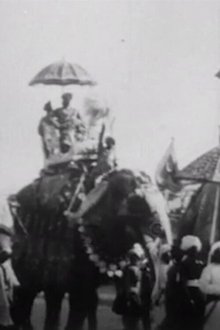
Procession of Elephants with Howdahs - India (1905)
An elephantine spectacle, likely part of the celebrations for the visit of the Prince and Princess of Wales to India.

Edward Prince of Wales' Tour of India: Bikaner, Lucknow, Benares, Nepal and Great Tiger Shoot (1922)
The future Edward VIII enjoys receptions, playing polo and hunting tigers on his royal tour.
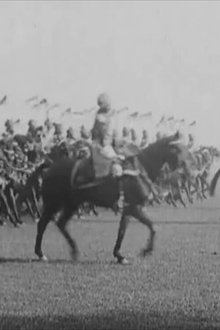
Annual Inspection of the Bodyguard by His Excellency Lord Lytton (1925)
The Governor of Bengal and family - on and off duty.
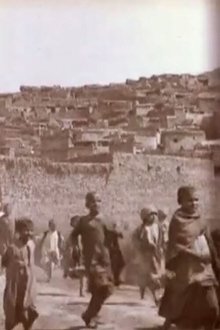
Edward Prince of Wales' Tour of India: Malakand, Kapurthala and Dehra Dun (1922)
The future Edward VIII visits Malakand, Kapurthala and opens the Royal Military College at Dehra Dun

Chameleon Soho (1979)
From dawn till dusk in the bohemian heart of London’s West End. This 1979 portrait of the people and places of Soho catches the neighbourhood towards the end of an era. There's some great footage inside an Italian delicatessen and of assorted street characters. It's a fascinating glimpse into this walled garden of cosmopolitan life on the cusp of the gentrification and commercial interests that have since broken its borders.
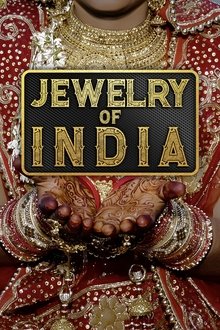
Jewelry Of India (NaN)
Mother India is home to many castes, tribes and religions and one common factor that brings this diverse country all together is Jewelry. Come explore the deep history and culture of the jewelry of India dating back more than 5000 years. As we explore the history we also take you into Bangalore, India and talk to local Jewelry Stores and Jewelry Artisans as they share their stories and their family history of their involvement in jewelry going far back into their family ancestry.
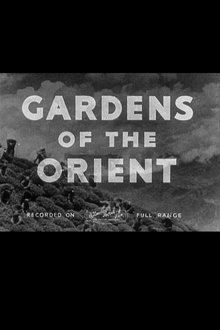
Gardens of the Orient (1936)
This portait of life on the tea plantations is decidedly rosy – clearly, there are no exploited workers here. However, the film provides an intriguing overview of tea production – from the planting of tea seeds to the final shipping of the precious leaves across the globe.
